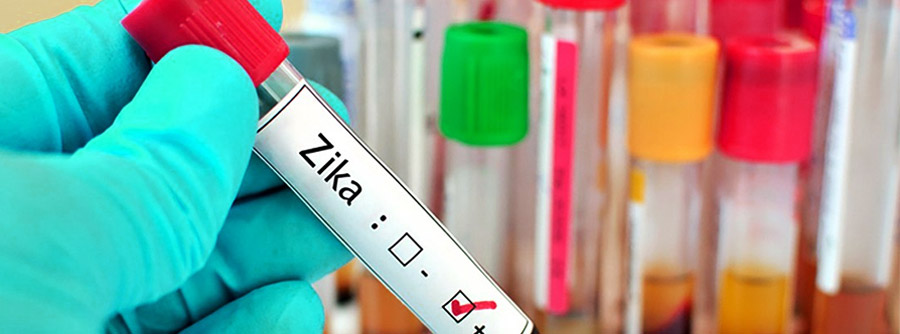Zika Virus: An Overview of Transmission, Symptoms, and Prevention

Thus, the transmitting insects (arthropods) act as vectors, that is, they spread the virus by biting a person, then allowing the virus to enter the circulatory system of the infected individual. Without the vector, the virus can hardly be transmitted.
Routes of contagion
The vector of this virus is mainly the Aedes Aegypti mosquito (also the Aedes albopictus or tiger mosquito). This mosquito also transmits yellow fever and other similar viruses such as dengue and chikungunya.
Transmission requires that a sick person with a high viral load (high amount of virus in his blood) be bitten by a mosquito of that species and that same mosquito bites another person. Thus, the main route of infection is the mosquito bite.
It has also been detected in human secretions (blood, semen, saliva, breast milk ...) although there is no solid evidence that sexual intercourse or transfusions are routes of infection.
The cases of microcephaly in newborns have caused great alarm. It is believed that the mechanism is the same, the mosquito bite of a pregnant woman that causes infection in the fetus through the transplacental route or during childbirth.
What countries are affected?
Currently, circulation of the virus has been detected in Mexico and various Latin American countries (Central and South America: Brazil, Ecuador, Colombia, Venezuela, Paraguay, Bolivia, etc.).
Until 2007, only sporadic cases had been reported in selected countries in Africa, Asia and the Pacific islands.
What symptoms does it produce?
Zika virus disease manifests as a mild fever and a rash (skin rash or rash). Other accompanying symptoms include: conjunctivitis, muscle or joint pain, headache, and general malaise that begins approximately 2 to 7 days after being bitten by an infected mosquito.
According to the Pan American Health Organization, one in four infected people develops symptoms of the disease and among those who develop it, the disease is generally mild and can last between 2 and 7 days.
Prevention of contagion and recommendations for traveling
The only effective way to avoid infection is to avoid being bitten by the transmitting mosquito.
The general recommendations are:
- Use of clothing (preferably light colors) that covers the body as much as possible (pants and long sleeves). This mosquito has diurnal habits (it bites during the day), therefore it is important to wear long sleeves and socks (it bites on the ankles and feet).
- Physical barriers such as mosquito nets especially if you are going to sleep during the day or closing doors and windows at night.
- Sleeping in air-conditioned places (mosquitoes avoid cold temperatures).
- Use of mosquito repellants with a high concentration of DEET (N-Diethyl-meta-toluamide).
In pregnant women who have to travel to countries with Zika virus present, it is recommended that they consult with their doctor and establish the recommendations to follow.
People who present a fever or symptoms compatible with Zika virus infection within 15 days after traveling to endemic areas should go and report it to their doctor.
- The main route of infection is the mosquito bite, mainly of the Aedes genus.
- It manifests with a mild fever and a rash (skin rash or rash).
- People who present a fever or symptoms compatible with Zika virus infection within 15 days after traveling to endemic areas should go and report it to their doctor.
(Updated at Apr 14 / 2024)